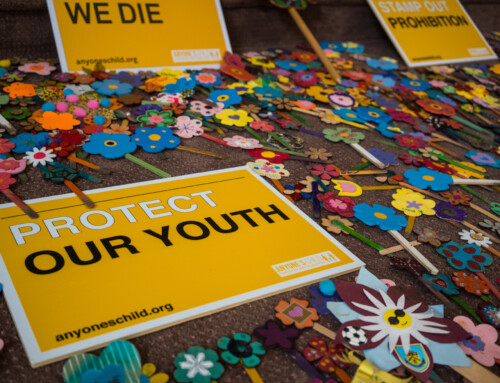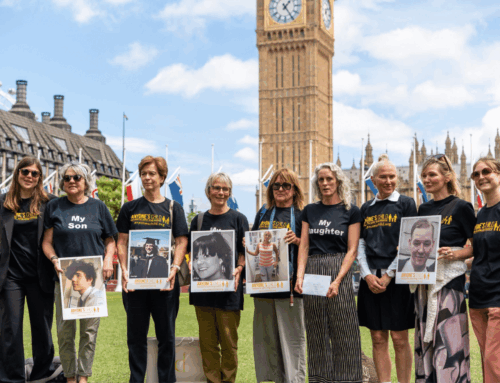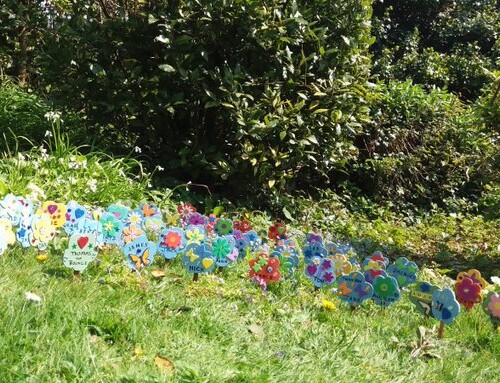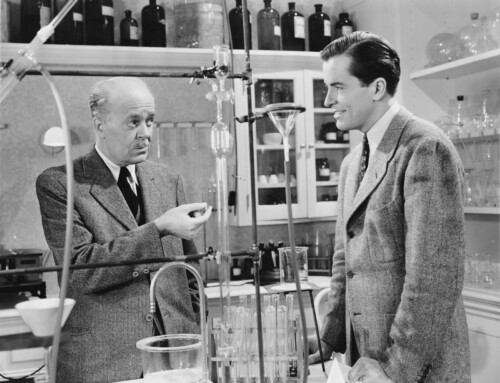In January 2025, Scotland opened the doors of The Thistle, the UK’s first sanctioned safer drug consumption facility. Last week, the Transform and Anyone’s Child team had the privilege of visiting the site in Glasgow.
For many of the Anyone’s Child families the opening of the Thistle has been deeply significant. They believe that had their loved ones been able to access such a space, rather than being subjected to shame and stigma and forced into unsafe, unhygienic conditions, they might still be alive today.
Responsibility for drugs legislation is divided between the UK and Scottish Governments. Drugs legislation is reserved to the UK Parliament, with the Misuse of Drugs Act 1971 regulating the production, supply and possession of “controlled” drugs. While the consumption itself of controlled drugs is not an offence, “possession” of them is. There are currently no exceptions within the provisions of the Misuse of Drugs Act 1971 which would enable a safer drug consumption facility in the UK.
Many will remember when activist Peter Krykant opened the UK’s first unsanctioned Overdose Prevention Service from a converted ambulance van in Glasgow in 2020. That bold act provided proof-of-concept that a supervised space was feasible and desperately needed to respond to the city’s drug death-crisis.
A few years later, Scotland’s Lord Advocate made a critical intervention, stating it would not be in the public interest to prosecute individuals for possession within a facility like The Thistle. This shift in prosecution policy allowed the centre to open without changes to the Misuse of Drugs Act 1971. But, this remains a legal challenge that limits The Thistle’s impact: tourniquets, for example, are forbidden from being handed out, and people are not allowed to share drugs that they have bought together onsite, dissuading some from accessing the service. Furthermore, possession inside the facility is still technically a criminal offence, leaving staff and service users vulnerable to the shifting winds of political will.
A space built with and for people who use drugs
When you enter The Thistle you are met with a warm, calm and welcoming atmosphere. Staff don’t wear uniforms. There is a ‘chat room’, rather than a consultation room. There are no unfriendly barriers or screens like in a hospital.
The service was designed through extensive consultation with people who have lived and living experience of drug use. People can sit with a tea or coffee in the lounge after using. There are also laundry, showers, donated clothes and sanitary products are available. Importantly, all these services are accessible even to those not injecting.
It feels homely. It feels human. The sad thing is that this shouldn’t be remarkable, but it is given that the UK is such a hostile place for many people who use drugs.
The location is also deliberate: the facility sits close to existing public injecting sites, its building is already familiar to many who use the service, and it is attached to a diamorphine prescribing service, so anyone who wants to can be linked directly into treatment. The using space – where people are allowed to inject – gets people through the door and once inside, they can access a range of health and housing support, and more.
What we said and learned

Walking through the facility, several moments stood out: The service manager demonstrated an AccuVein infrared scanner, which projects a criss-cross of green lines onto a person’s arm to help them locate where their veins are. Doing so helps people to avoid injecting into more risky parts of the body like the groin.
Hearing how staff had to respond when a green heroin that turned out to be contaminated with nitazenes (potent synthetic opioids) hit Glasgow’s drug market just weeks after opening. At an alarming rate, people were overdosing with the needle still in their arm. Trusted relationships with service users meant the Thistle could test drug samples, adapt its responses, warn other service users and the wider community, and help trigger a national drug alert about Nitazines in the heroin supply.
We also learned that over 60% of injections at the Thistle are cocaine, sometimes but not always mixed with heroin. While heroin overdoses can be reversed with naloxone, harm reduction responses for cocaine injection remain underdeveloped, which highlights how vital it is to have spaces where emerging drug trends can be seen and addressed in real time.
Service data so far
Operational data from The Thistle from January up to August 2025 shows its immediate impact. 56 non-fatal overdoses were successfully responded to. That means 56 people did not die in alleyways or public toilets, and 56 families were spared the grief of losing a loved one.

There were 6,147 visits to the service in total, including 4,068 injections. Crucially, this means that more than 2,000 visits were for non-injecting health and social support, showing how a low-threshold facility can engage people who would likely otherwise avoid formal services. Staff are delighted, we were told, that they are seeing the same people using the service regularly, showing that they feel safe and comfortable there.
Looking ahead
The Thistle is funded for three years. For now, it is considered to be a pilot concept and its impact will be assessed by a large independent evaluation. The Scottish Affairs Committee recently made the following recommendations:
- “Having access to equipment such as single-use tourniquets, testing drugs onsite, and allowing visitors to inhale drugs have all been highlighted as key to The Thistle achieving its maximum effectiveness. Without these, a full and fair evaluation of The Thistle will be inhibited.
- The Thistle is an example of just one model of a safer drug consumption facility, and it is possible that others — such as mobile units — could provide more cost-effective solutions, or interventions better suited to the needs of local populations. There could be merit in exploring other service models, such as mobile units, which would complement The Thistle, or be an alternative to the facility, particularly if funding for the site becomes a challenge.
- The UK Government should not approach the evaluation having already made up its mind about the future of The Thistle. The UK Government should seriously consider the evaluation and, if the outcomes are positive, should consider the merits of SDCFs alongside consideration of other interventions to tackle problem drug use.”
The Thistle shows what is possible when compassion, evidence, and courage come together. But the current arrangement is not sustainable. The Lord Advocate’s discretionary policy is not a permanent substitute for proper legal reform. The Anyone’s Child campaign demands that the UK Government abandon its failed policy of prohibition and create a statutory framework that protects both staff and service users of safer drug consumption facilities. But the ultimate goal must be to move beyond emergency harm reduction interventions and pilot projects, toward a change in the Misuse of Drugs Act to enable the rollout of safer drug consumption facilities across the UK.
If you agree, write to your MP and ask them to reform the Misuse of Drugs Act to allow safer drug consumption facilities across the UK.
You can also join our activist network to stay informed and help push for change.






Leave A Comment